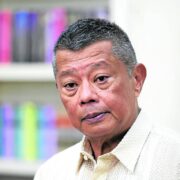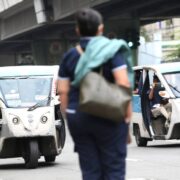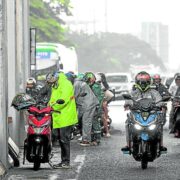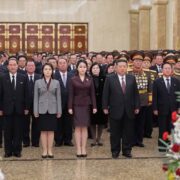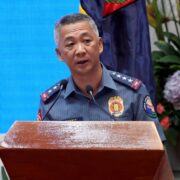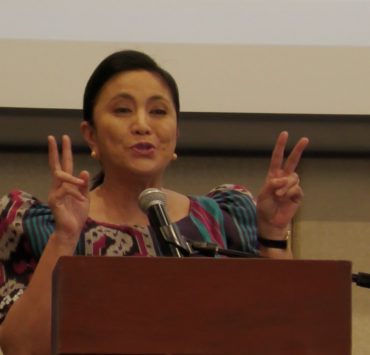Marcos also moves vs ‘wangwang’ abuse, trims VIP plates list
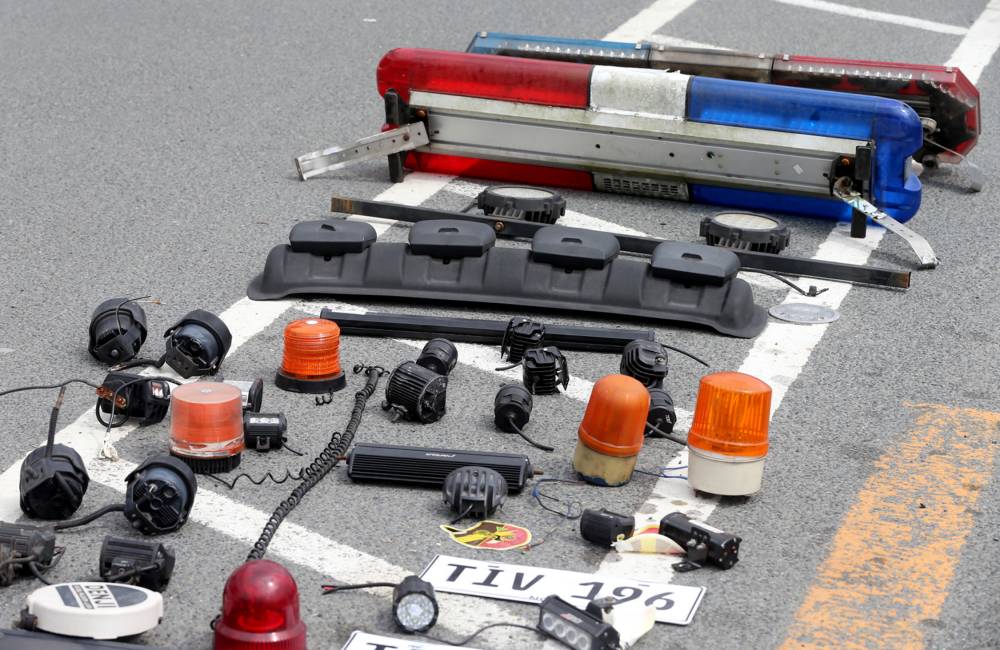
Is this the “no wangwang policy version 2”?
President Marcos has issued an order prohibiting government officials and employees from using vehicle sirens and blinkers indiscriminately or just to force their way through heavy traffic as though they have a real emergency.
In a parallel deterrent against power-tripping on the road, the President also reduced the list of the government VIPs who are entitled to special license plates.
In restricting the use of sirens (or wangwang, in Filipino street lingo), Mr. Marcos’ directive evoked memories of the first policy statements of the late former President Benigno Aquino III, who served from 2010 to 2016.
Rooted in FM decree
“Walang wangwang” (no to blaring sirens) was one of, if not the most, quoted phrase from Aquino’s inaugural address, in which the unwarranted use of sirens was taken as a symbol of government abuse or entitlement that his incoming presidency intended to curb.
According to President Marcos’ Administrative Order No. 18, however, the restriction has roots in the administration of his late father and namesake.
It was referring to Presidential Decree No. 96 issued in 1973 by then President Ferdinand Marcos Sr., which “prohibited the use or attachment of any siren, bell, horn, whistle, dome lights, blinkers and other signaling or flashing devices on vehicles, except for official vehicles of the military, police, hospital ambulances, etc.”
PD 96 imposed a penalty of six-month imprisonment and a P600 fine on violators, apart from the revocation of the driver’s license and vehicle registration.
Ethical standards
In AO 18, President Marcos said: “It has been observed that the unauthorized and indiscriminate use of sirens, blinkers and other similar signaling or flashing devices has been rampant, causing traffic disruptions and unsafe road and traffic environment.”
“All government officials and personnel” are now prohibited from using such devices, with the exception of official vehicles of the Armed Forces of the Philippines, National Bureau of Investigation and Philippine National Police; fire trucks, hospital ambulances and other emergency vehicles.Signed on March 25, the AO stressed that these official vehicles should not use sirens, blinkers and other similar devices “unless in clearly appropriate circumstances.”
Mr. Marcos also cited Republic Act No. 6713, or the Code of Conduct and Ethical Standards for Public Officials and Employees, which stressed the state policy to “promote a high standard of ethics in public service.”
“Unauthorized and improper use of signaling or flashing devices by government officials and employees shall be dealt with in accordance with applicable laws, rules and regulations,” he added.
GMA order repealed
The Department of Transportation was also ordered to review or update existing policies for the AO’s enforcement.
In another order, Mr. Marcos trimmed the list of government positions who could have protocol license plates.
His Executive Order No. 56 repealed Executive Order No. 400 issued by then President Gloria Macapagal-Arroyo in 2005.
Like in AO 18, the abuse of such perks was cited as main reason for the new order.
“It has been observed that complaints about the proliferation and unauthorized use of protocol license plates continue to increase over the years, threatening public safety and undermining the integrity of the vehicle registration system,” Mr. Marcos said in EO 56.
Under the new list, the following government positions will have protocol plates:
- President—With the “1,” or “Pangulo” plates
- Vice President – 2
- Senate President – 3
- Speaker of the House of Representatives – 4
- Supreme Court Chief Justice – 5
- Cabinet secretaries – 6
- Senators – 7
- Members of the House – 8
- Supreme Court Associate Justices – 9
- Presiding Justices of the Court of Appeals (CA), Court of Tax Appeals (CTA) and the Sandiganbayan and Solicitor General – 10
- Chairpersons of constitutional commissions and the Ombudsman – 11
- Armed Forces of the Philippines chief of staff and the Philippine National Police chief – 14
Dropped from the list are Cabinet undersecretaries and regional trial court (RTC) judges, who were once included under EO 56. Plate No. 12 used to be for undersecretaries, 13 was for the solicitor general (now grouped together with CA, CTA and Sandiganbayan), and 16 was for RTC judges.
Maximum pairs allowed
Also under EO 56, the President, Vice President, Senate President, Speaker and Chief Justice may be allowed up to three pairs of plates, while other authorized officials may have a maximum of two pairs.
The plates are valid only during their incumbency and should be surrendered to the Land Transportation Office (LTO) upon their retirement, resignation, separation from office, or end of term or tour of duty.Previously issued protocol plates, except those given to authorized officials who are still in government service, are considered expired and must be taken by the LTO.
EO 56 also prohibited the assignment and transfer of protocol license plates to unauthorized persons and vehicles. INQ



